Beauty art is a realm that combines creativity and aesthetics to celebrate the beauty and its many forms. It seeks to go beyond the surface and into the feelings and thoughts that art can inspire. Beauty art is a dynamic reflection of human culture, identity, and imagination, ranging from classical paintings to contemporary installations.
1. Beauty Art: Timeless Chauvinism
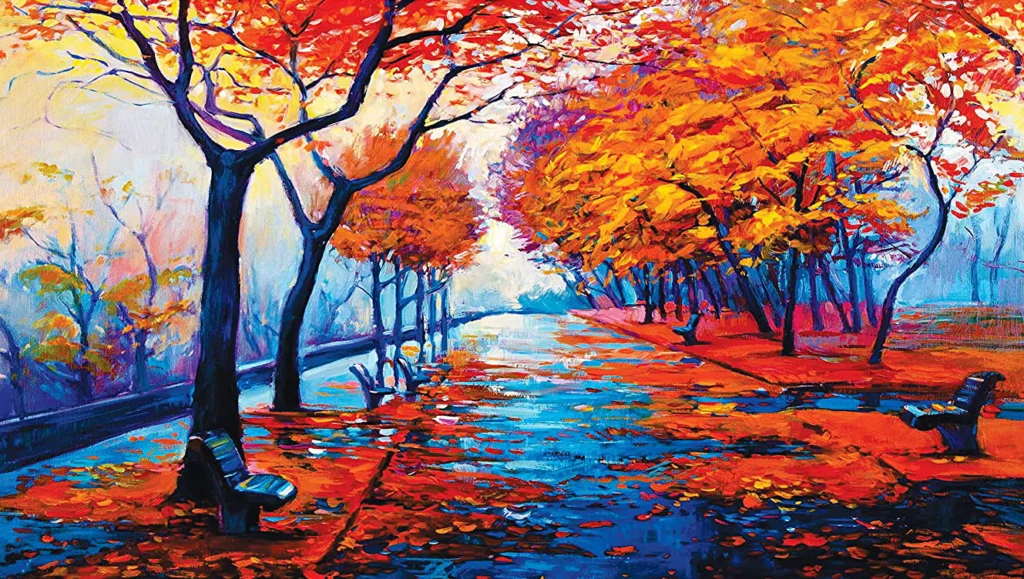
Beauty has been a dominant theme in art through the ages. Ancient peoples such as the Greeks and Romans carved their vessels with idealized shapes, glorifying beauty modeled after the proportions found in nature and the form of the human body. The Renaissance saw artists like Leonardo da Vinci and Michelangelo to further expand these limits with their own masterpieces which still speak to the viewers today. These works embody the unification that beauty art creates between the artist’s perspective and the audience’s experience..
- 2. The Evolution of Beauty in Modern Art
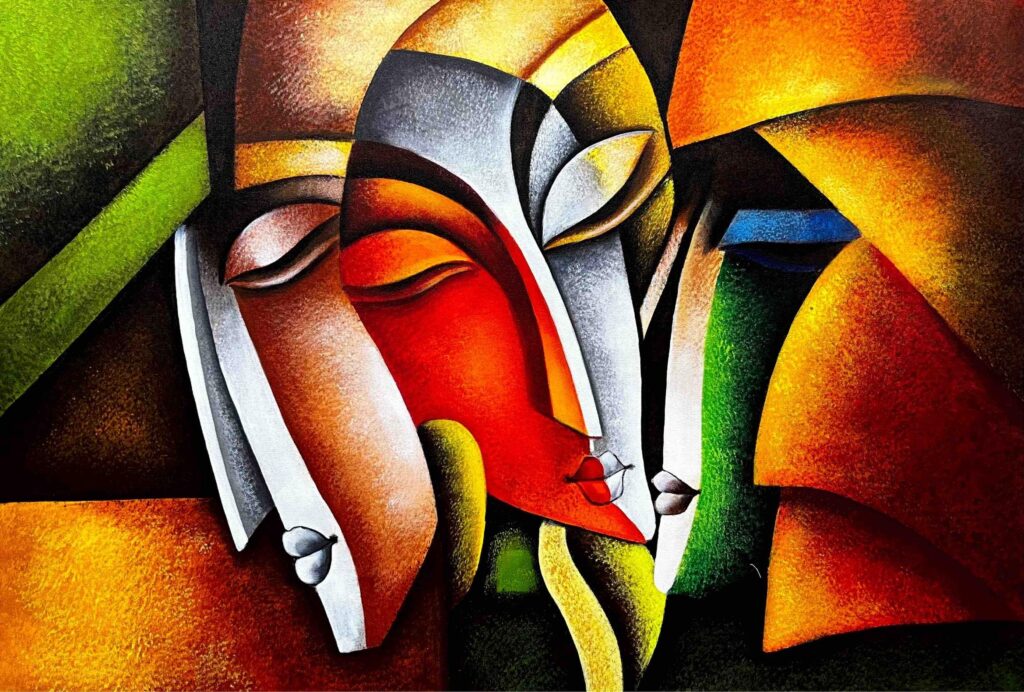
The emergence of modernity and the redefinition of beauty have been the response of contemporary and modern artists to the domination of previous beauty norms. Female artists such as Frida Kahlo and Georgia O’Keeffe gazed into the world of beauty through their personal and unconventional vision and delved into the theme of identity, nature, and emotion. Nowadays, purposes of beauty in art are digital art, photography, and even interactive experiences. Art reflects the fact that culture and art have become global and integral parts of the global civilization, and art is no longer possible without interdependence.
- 3. The Power of Beauty Art
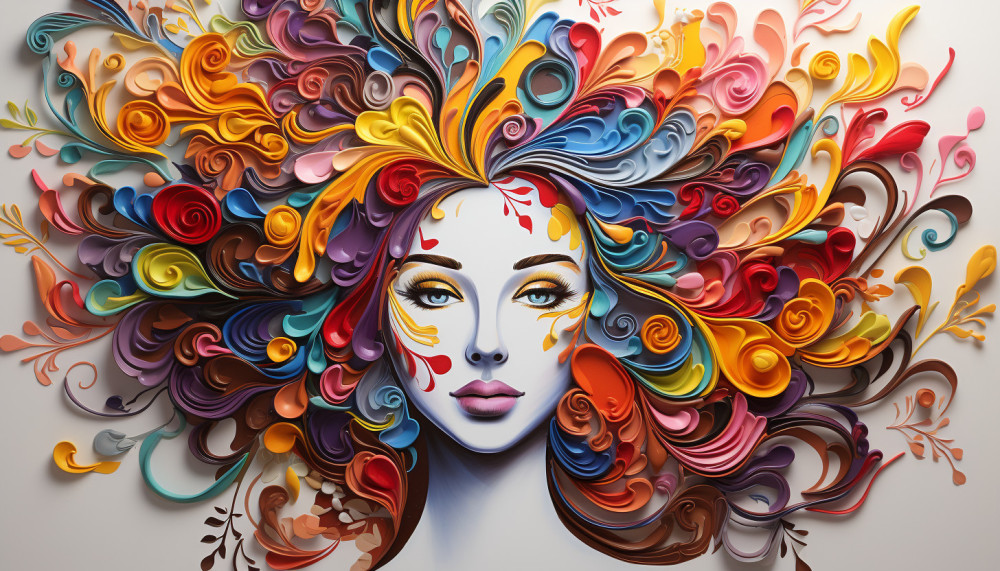
The impact of beauty art lies in its ability to connect with people on a profound level. It has the power to:
Inspire Emotion: Beauty art can evoke a spectrum of emotions, from joy and wonder to introspection and nostalgia.
Foster Connection: It bridges cultural and linguistic divides, offering a universal language of aesthetics and meaning.
Encourage Reflection: Beauty art often prompts viewers to contemplate deeper questions about life, identity, and society.
- 4. Embracing Beauty Art in Everyday Life
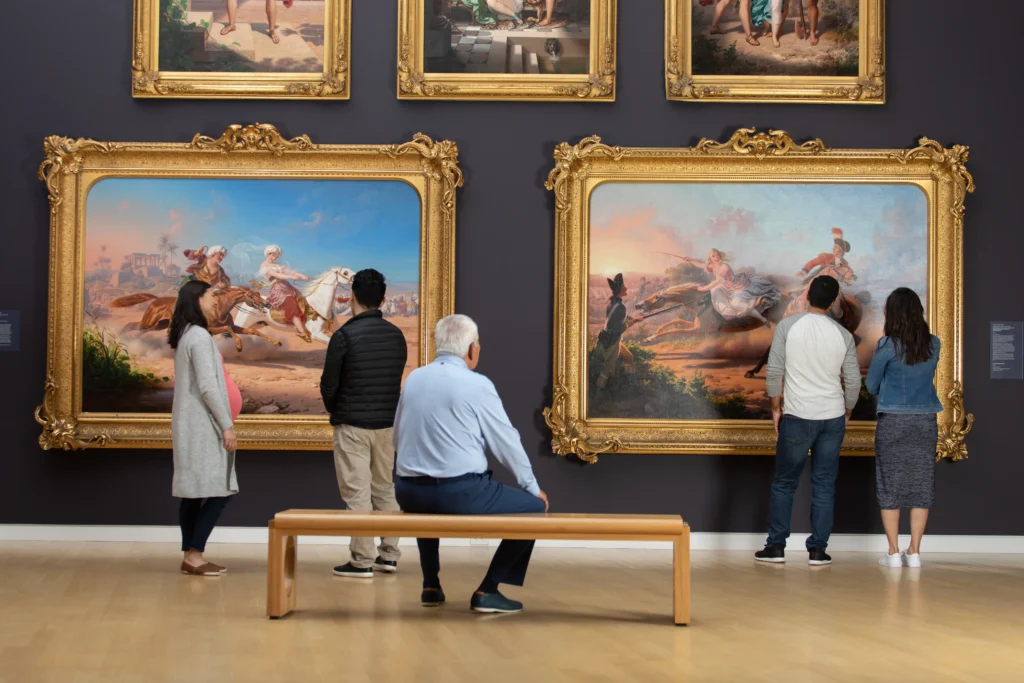
Integrating beauty art into everyday routines is no more complex than choosing paintings that are inspiring for you and going to local exhibitions. Involvement in beauty art rejuvenates the spirit, gives inspiration and moves you away from the monotony of the life.
- 5. Conclusion
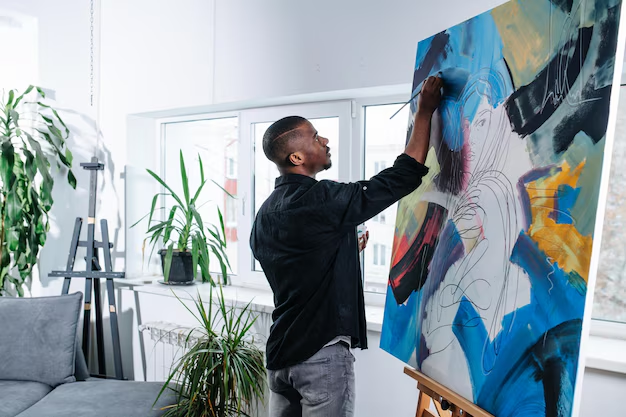
Artistic beauty is more than just a visual representation of the good and the positive; it is also partially a realization of those things, which are subtle and delicate, and emotionally pleasing. In the face of traditional approaches and new developments, the power of beauty in art is still impressive, it challenges and engages us. In a world that is so uncontrollable; it serves as a means of imagination which has the enduring might to reveal the human soul to light and lift it up.
FAQs
What What does beauty art mean?
Beauty art is a genre of art that mentally-speaks about tourism around the globe, and the eternal and simple idea of beauty are the only topics that can be expressed in different media of art.
Why beauty is important in art?
The beauty in art corresponds psychologically to the point of attraction; it gives a scope to the spirit of imagination and matches the people’s cultures and traditions.
How the conception of beauty art has changed since the earliest times?
From ancient stone-carving and frescoes to the ectoplasm that you created in your chemistry classes, how can beauty art be an integral part of my daily life? The change of machinery allowed more and more people to have visual exposure this century compared to the artwork made in the past.
What is the role of beauty art concerning mental health?
Beauty art is a way of reaching people, helping them to take a break from their tense lives and let their feelings and thoughts flow through art therapy.
How can I contribute?
By going out and creating social awareness, for example, visiting galleries, supporting local artists, or exploring art forms like painting, photography, or digital design.
